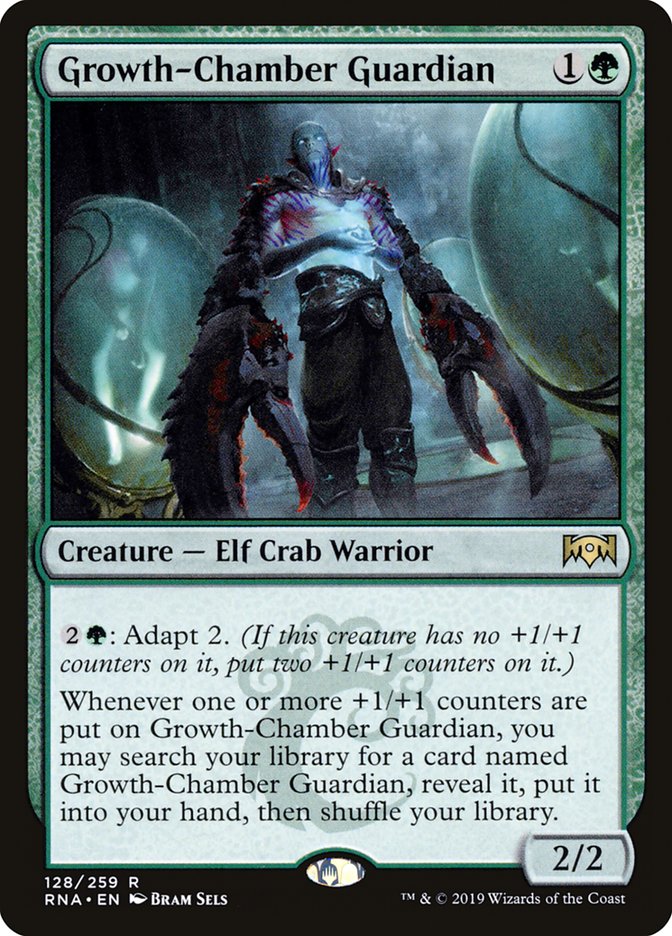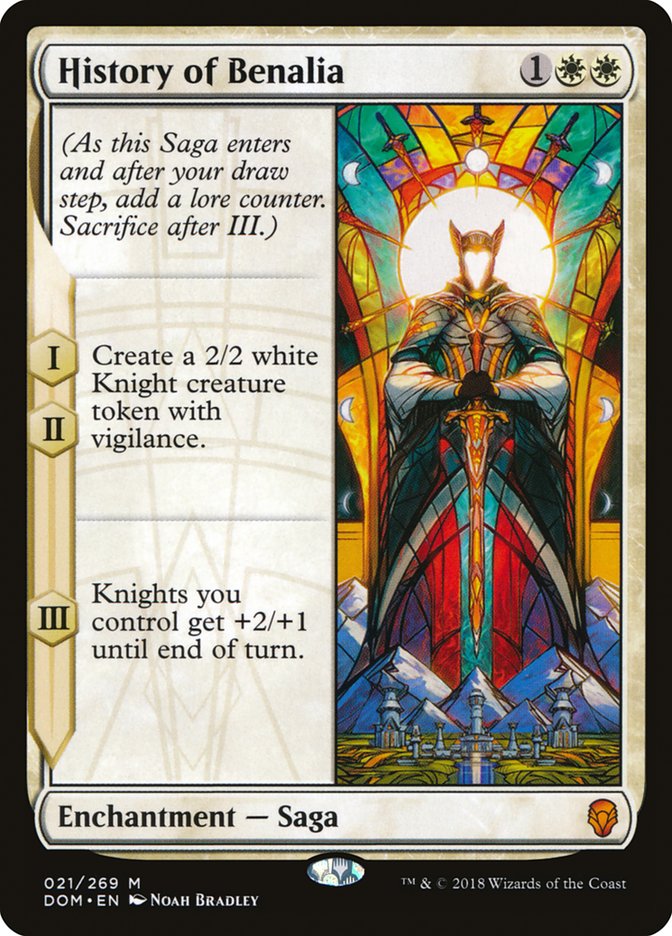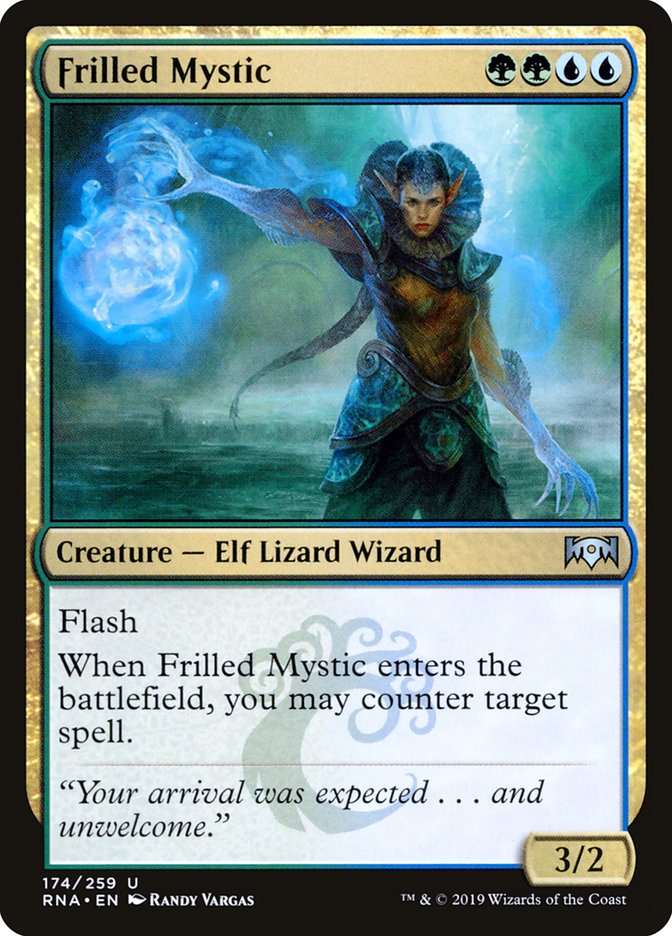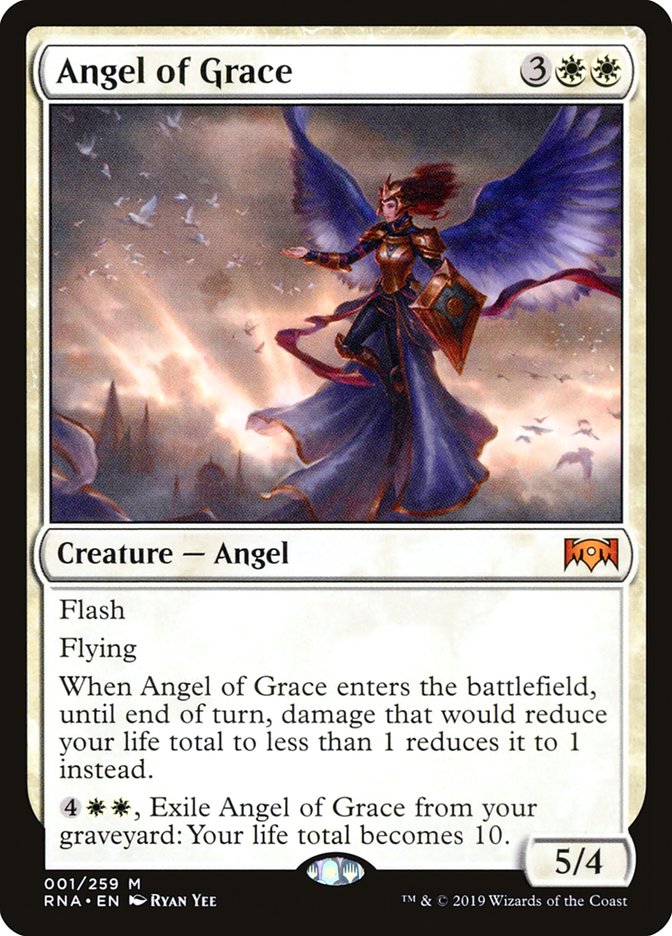Hello, fellow gamers! My name is Jonathan Hobbs, I’m 19 years old, and I’m
from Marion, Indiana. Last weekend I got second place at SCG Indianapolis
with my take on Bant Flash, and today I’m here to talk about my card
choices from last weekend and a sideboard guide for the deck to help
prepare you for this weekend at SCG Baltimore.
I knew when Angel of Grace and Frilled Mystic were previewed that I wanted
to try and make a flash deck, in the old Faeries or Jeskai Restoration
Angel style. One of my best tools I used to make my deck was looking at
previous Standard “flash” strategy lists. I began by looking here at Kevin
Jones’ Azorius Historic deck from a couple of Standard seasons ago, which I
enjoyed playing quite a bit.
Creatures (9)
Planeswalkers (5)
Lands (26)
Spells (20)

Kevin’s deck gave me a good foundation to start from. After countless hours
of testing – I imagine 30-40 best-of-three Magic Arena events – I finally
arrived at the list I posted on Twitter a few nights before the event. I
made a few changes based off what decks I was expecting for the event and
was ready to submit my final 75 for the Open.
Creatures (13)
Planeswalkers (2)
Lands (26)
Spells (19)

At first glance, you might think my deck looks all over the place, but all
the one and two-ofs each have their purpose. Flash decks need tools for a
little bit of everything since they need to be able to play the role of
both offense or defense, depending on the matchup. This is key because
Opens on the SCG Tour are fifteen round tournaments and you need to be
prepared for the unknown. With all these one and two-ofs, it makes your
opponent have almost no correct way to play through their turn. How is one
supposed to attack past turn 5 once I’m representing Frilled Mystic, Angel
of Grace, Seal Away, Depose // Deploy, Settle the Wreckage, Warrant //
Warden, and March of the Multitudes? On top of that, if your opponent does
nothing, they just give you time to cast a Chemister’s Insight!
Let’s begin things by looking at the threats in my list:
- 4 Growth-Chamber Guardian
- 4 History of Benalia
- 4 Frilled Mystic
- 1 Shalai, Voice of Plenty
- 4 Angel of Grace
- 2 Teferi, Hero of Dominaria
- 1 March of the Multitudes
Growth-Chamber Guardian is one of the best early plays for this deck, as it
allows you to leave up mana for interaction on your opponent’s turn. If
they do nothing, you still have something to do with your mana by adapting
the Guardian.
History of Benalia does something similar, as after turn 3, leaving up
disruption like Frilled Mystic will allow you to push through a lot of
damage. History really shines against Bant Nexus since you don’t have much
time to play a lot of threats against their deck. It’s your most
cost-efficient threat that also allows you to leave up countermagic for the
rest of the game.
Four copies of Frilled Mystic may seem like a lot, and sometimes they can
be clunky, but the upside of having multiples in matchups when they’re good
is too much to pass up. Games in which you get to Frilled Mystic a Ravenous
Chupacabra and then the following turn do the same to Vivien Reid are games
in which you feel invincible.
The same feeling of invincibility takes place with Angel of Grace, as
multiple copies of the powerful flier turn after turn allow you to win
games you had no business being in. I’ve raced many Carnage Tyrants before
just by flying over them with multiple Angels while ending the game at one
life.
March of the Multitudes and Chemister’s Insight were a consideration when
deciding to play 26 lands, but I wanted to play 26 so I could ensure I
would be able to curve out each game and have enough mana sources to cast
History of Benalia on turn 3. Having a few sources of flood insurance is
never bad, and March of the Multitudes synergizes well with History of
Benalia and Depose. Additionally, when Chemister’s Insight is good game 1,
it’s usually one of your best cards in the matchup as it allows you to turn
your dead removal spells and other one-ofs into cards that could actually
be useful.
Onto some of the spells:
- 2 Spell Pierce
- 2 Depose // Deploy
- 2 Settle the Wreckage
- 3 Seal Away
- 1 Warrant // Warden
Initially, I had a few copies of Spell Pierce in the sideboard, but I
quickly realized I just wanted them against red decks, Teferi decks, and
Vivien Reid decks–basically the whole metagame–so I added them to the
maindeck.
Depose is the epiphany of a versatile card. At worst, it functions as a
Revitalize. At best, it trades with two copies of Viashino Pyromancers in
combat. Deploy also makes for a proactive play when you left up
countermagic on your opponent’s turn and they didn’t take an action.
One huge selling point of this deck is that it’s one of the best Settle the
Wreckage decks in Standard. We play our own threats which makes our
opponent have to attack with a lot more creatures to present lethal, thus
making our Settles better.
The three versus one split of Seal Away versus Warrant // Warden is simply
a metagame call, and the split is entirely dependent on what the metagame
looks like each weekend. If you expect a lot of Crackling Drake, Tithe
Taker, and Gruul Spellbreaker, Seal Away is the better of the two options.
Next is sideboarding, which is one of the best parts of Bant Flash. With
all the one- and two-ofs in the deck, we excel after sideboard because we
can just side out whichever half of our deck isn’t great in a particular
matchup.
VS Mono Red Aggro
Out:
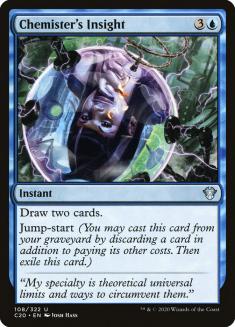
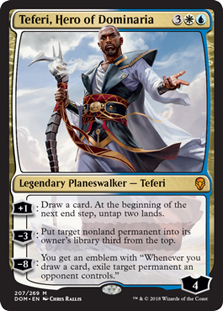

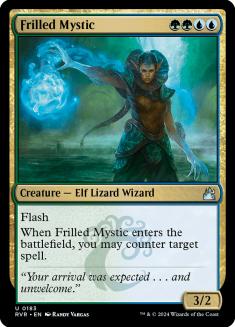

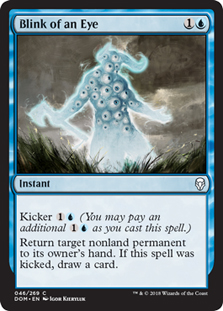

In:
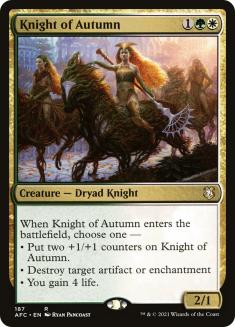


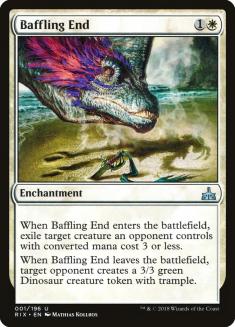
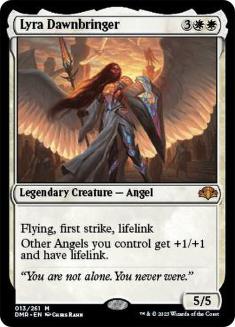
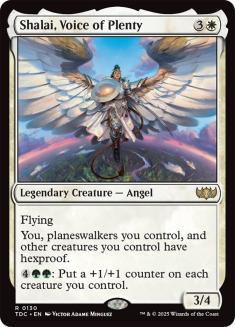

Unlike control decks, our deck doesn’t rely on Teferi, Hero of Dominaria to
win so don’t be afraid to sideboard him out if he feels too slow for the
matchup. Frilled Mystics also aren’t great when you’re under a lot of
pressure.
VS Mono-White and Azorius Aggro
Out:


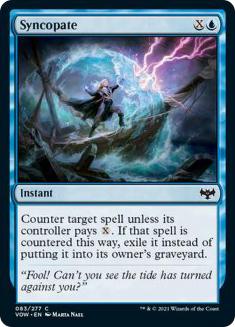





In:


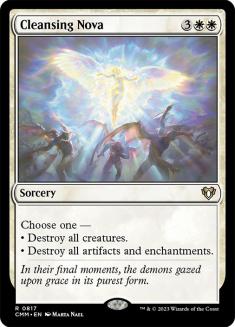



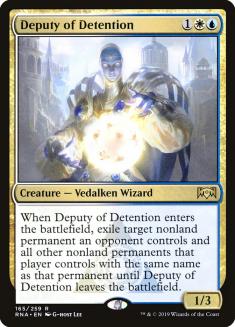

This matchup is rough since we don’t have many good tools to help us get to
the lategame. After sideboard, try and be more of a midrange deck instead
of a tempo one. If your opponent is playing Azorius Aggro, their removal is
most likely Deputy of Detention rather than Conclave Tribunal, which makes
Spell Pierce worse, so I would keep in Syncopates because of that.
VS Bant Nexus
Out:
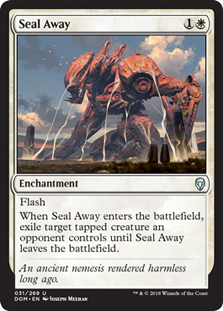


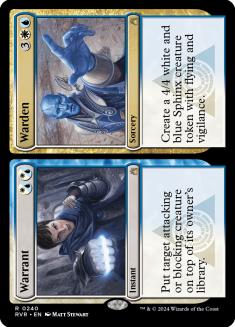
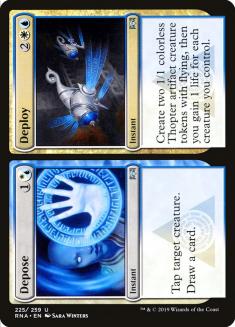
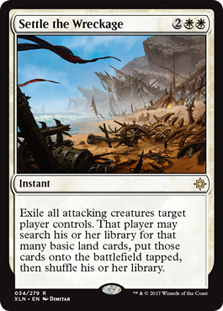


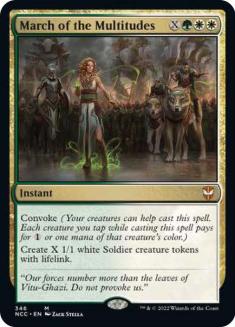

In:


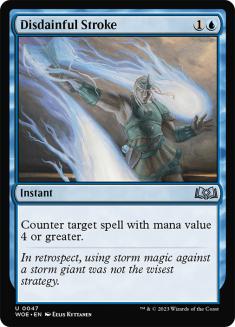

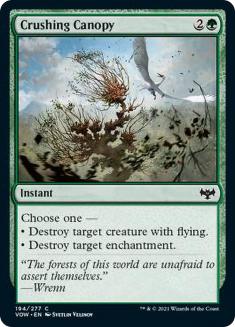

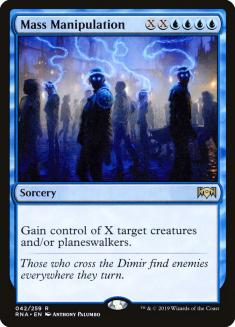



One of the reasons to play Bant Flash is how good its Bant Nexus matchup
is. They mostly play on their own turn, so Frilled Mystic is completely
insane here. That said, this matchup can be tricky, so focus on applying
pressure before disrupting them.
VS Esper Control
Out:









In:









Esper Control is another good matchup. Historically, tempo decks are
favored against control decks, and this appears to be no different. I don’t
mind leaving in Warrant because of Lyra Dawnbringer and Thief of Sanity,
and at worst you can make a Sphinx token with it.
VS Sultai Midrange
Out:
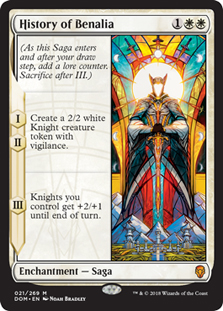








In:









After sideboard, we’re trying to transform into more of a controlling deck
because it’s hard for History of Benalia to be effective against a pile of
Wildgrowth Walkers. If you think your opponent sideboarded our their
Wildgrowth Walkers for game 2 – let’s say game 2 played out fairly long and
you didn’t see any copies of the Elemental – I’d recommend bringing back in
History of Benalia for game 3. It can be hard to grind out Sultai, but this
strategy of bringing back in History has been effective since Sultai is
fairly light on removal, and History into disruption can be a good gameplan
to take them by surprise.
As for the future of this deck, I have two routes I plan to explore within
the next few weeks:
-
Just work on my preexisting deck and add a few copies of Hydroid
Krasis. Tune the sideboard for the expected metagame after SCG
Indianapolis. -
Continue to work on the new list that I posted on Twitter recently,
a list that eschews the early creatures and goes a lot bigger with
Wilderness Reclamation.
Just got 5 wins with my newest list of Bant Flash. Going a lot
bigger in anticipation of facing a lot of Sultai. Played against it 3 times
this event and the matchup felt great. @arenadecklists
pic.twitter.com/4uHyVhcluY—
Jonathan Hobbs (@omarthehobbit) January
29, 2019
Well, that’s all I have for today to prepare you for SCG Baltimore this
weekend. I hope you enjoyed my breakdown of Bant Flash and feel free to
comment if you have any further questions about the deck during your
preparation for your next Standard event. I plan to test the deck a lot
more for my RPTQ this weekend and SCG Dallas the following weekend, and I
hope you’ll do the same.
May all your March of the Multitudes be for at least ten!


